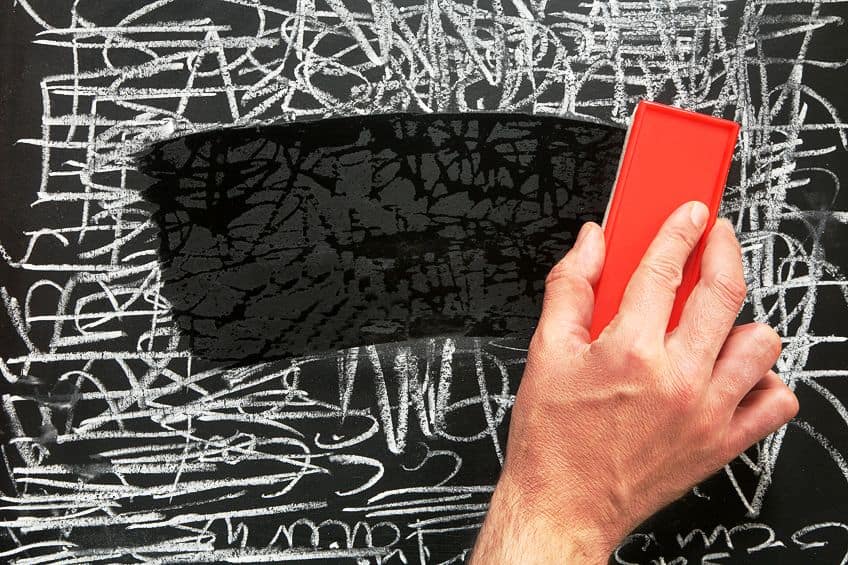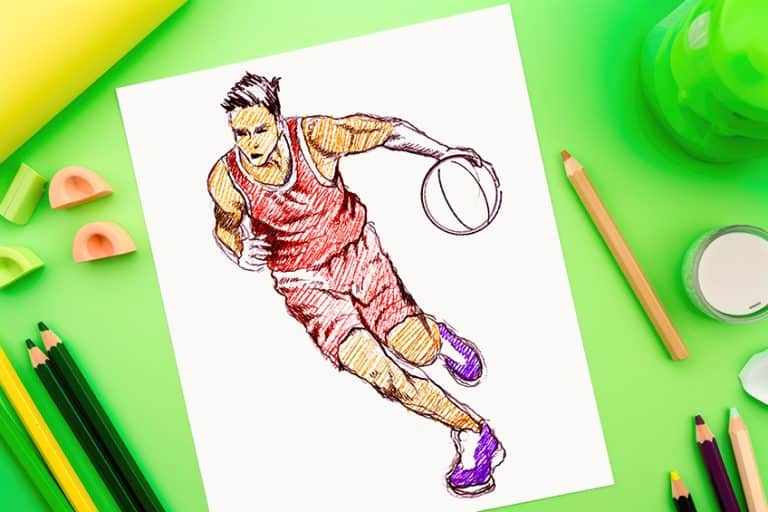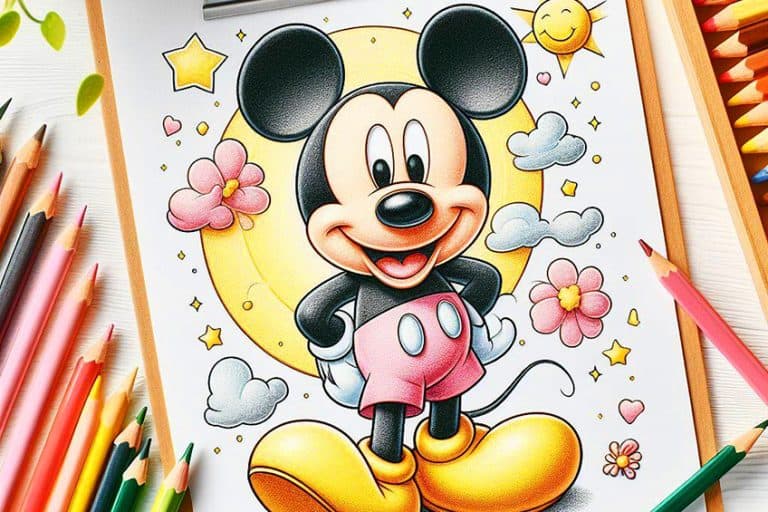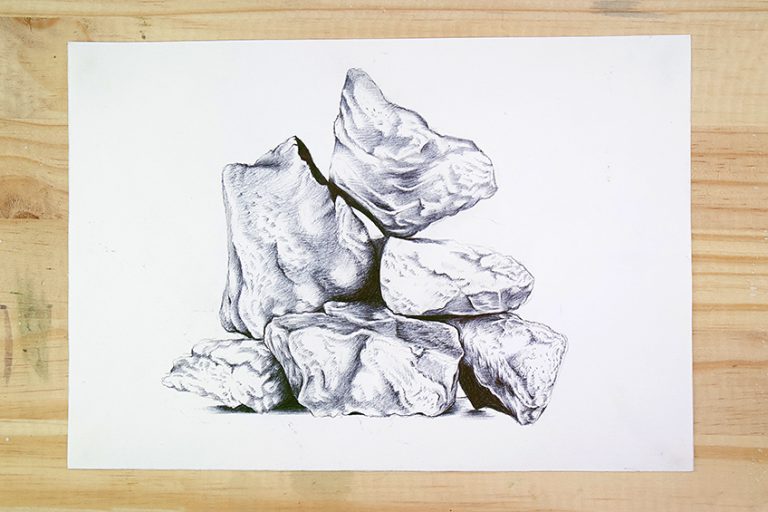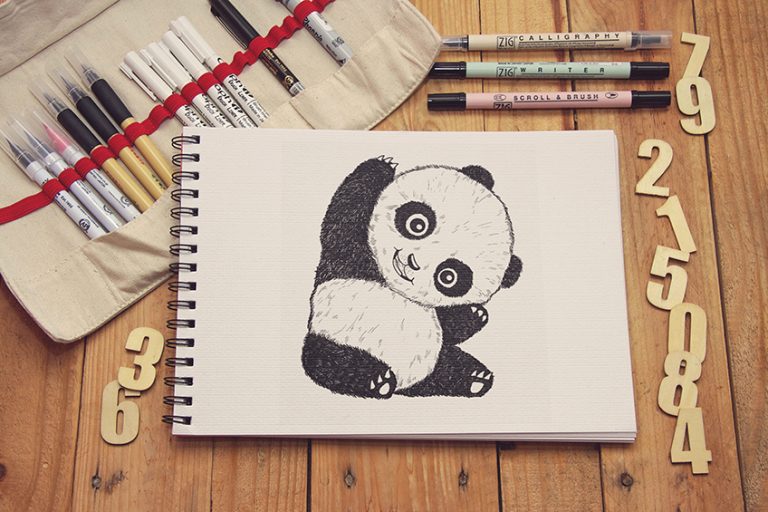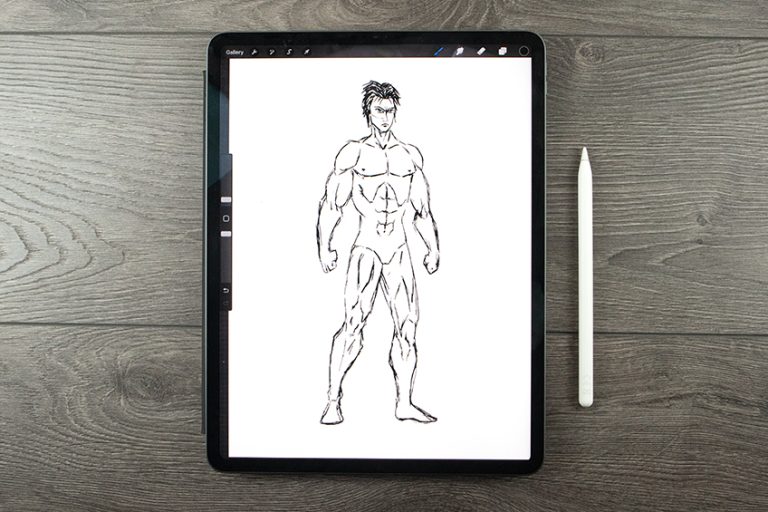How to Remove Chalk Marker – Clean Up Tips for Chalk
Chalk markers are becoming a popular tool for creating art. However, it seems many people are also finding it difficult to erase chalk markers. Simply wiping it with a cloth does not seem to get the job done. When searching for ideas on how to remove chalk markers, you are in luck, as there are a few products you can use that you may already have lying around the home. Erase those chalk markers quickly with some of the simple methods we have provided below!
Summary of What Removes Chalk Marker
To summarize the best ideas for what removes chalk marker, it comes down to a few of the following ideas. Some of the more simple ideas simply include using a damp clean cloth, however, a few other methods include the following.
- Applying baking soda onto the marker
- Making a vinegar and water solution
- Using Windex on glass surfaces
- Trying a Magic Eraser
- Using chalkboard cleaners
What Are Chalkboard Markers?
Maybe you do not even know what a chalk marker is, as there are so many different types of markers available. Chalk markers do not actually contain chalk, it is a pigment-based ink, which is often referred to as “liquid chalk”. The markers can be used like paint pens, but the ink used, when dry, looks like chalk. They come in a variety of sizes and colors, and are semi-permanent, which is why it is sometimes difficult removing chalk markers.
The chalk markers are used on chalkboards like normal chalk and do not produce a grainy look.

However, you can also use the markers on other surfaces, for example, glass surfaces. Chalk markers can easily be erased, as long as you draw on a surface that is not porous. Liquid chalk is a wet-erase substance, meaning you will need a wet cloth to clean the surface. This means it will dry and not smudge once applied.
Porous and Non-Porous Surfaces
Many chalkboards are made from wood and paint that are porous, meaning that there are tiny holes the marker ink can sink into when applied to the surface. Non-porous surfaces do not have these tiny holes and include things like glass, metal, non-porous chalkboards, and vinyl labels. Porous surfaces can include things like paper, fabric, wood, and chalkboard-painted MDF (medium-density fiberboard) boards.
Why Is Removing Chalk Marker So Difficult?
As we have mentioned, chalkboard markers work better on non-porous surfaces. When the ink sinks into a porous surface, it becomes more difficult to remove, and can produce what is known as “ghosting”. This is when the marker is not completely erased from the surface and leaves a subtle trace behind that is visible and can make it difficult to draw something new.
You should take note that not all chalkboards are the same. Some are compatible with chalk markers. So, make sure you understand this when purchasing a chalkboard.
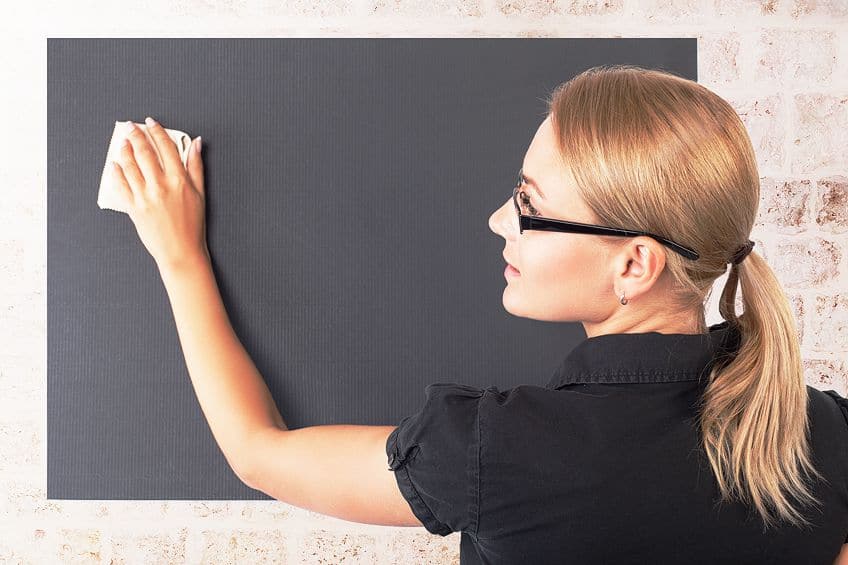
However, if you already have a common porous chalkboard, you can do what is known as “seasoning your chalkboard” This helps prevent the marker from getting stuck in the pores or holes, which makes it difficult to remove. Also, always use good-quality chalk markers that should erase better.
How to Season Your Chalkboard
You can also make any surface into a chalkboard, using what is known as an Easy Chalkboard Marker. However, this also needs to be “seasoned” so that you can use a chalk marker. Seasoning a chalkboard simply means filling in the porous holes, which makes it easier to clean the surface.
The first step is to take some traditional chalk, lay it on its side, and begin to color or cover the entire surface on the board, using vertical strokes.
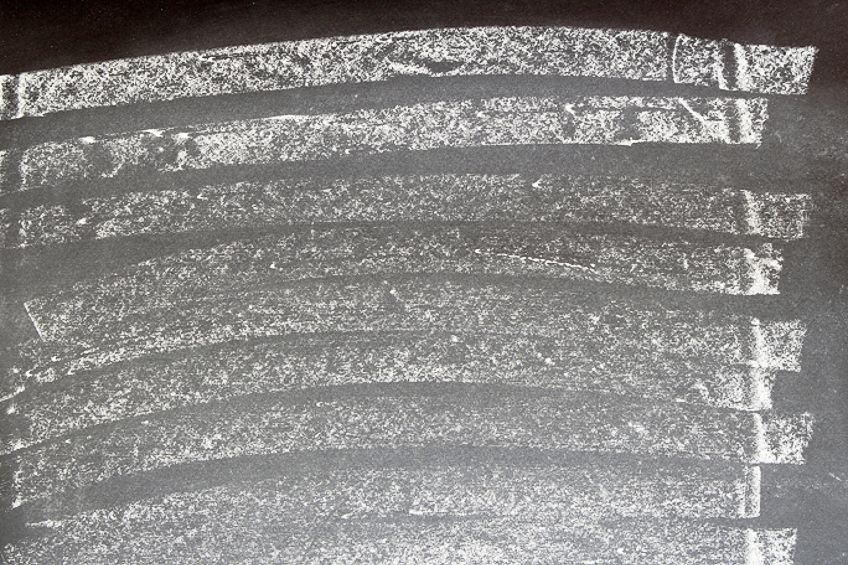
Then take the chalk and color the board horizontally, to make sure the whole surface is covered with the chalk. Next, take a dry paper towel and clean the chalk off the surface. Make sure to use traditional chalk and not dustless chalk. Also, if it is a large area, consider using sidewalk chalk for better coverage. You can now use your chalk markers.
How to Remove Chalk Marker
So, now that you understand what chalk markers are and what surfaces to use for best results, the next section will deal with how to remove chalk markers. Most of these methods are simple and easy and require products that you already have at home. However, you might have to bring in something a bit stronger if the marker is stubborn. Let us now discover the various ways to erase chalk markers.
Using a Damp Cloth to Erase Chalk Markers
This is a very easy method, as all that is required is a clean cloth and a little water. Again, this method will be easier on a non-porous surface, but this is still the first method you can use on any surface. Also, the longer the marker is left on the surface, the more problematic it will become to remove. If you wait and leave the marker on a porous surface, it will not be removed by using a damp cloth or paper towel.
Allow the damp cloth to rest on the surface for five minutes, and then wipe away. You can also try using wet paper towels in a similar manner, just try not to use too much water.
If you are unsuccessful, you should try another method. If you have applied a chalk marker to a metal surface, you can create a soapy solution with some water and liquid soap. Apply the solution and rub the chalk marker off, using a sponge. If the chalk marker still does not come off the metal surface, you might have to use something a little stronger.
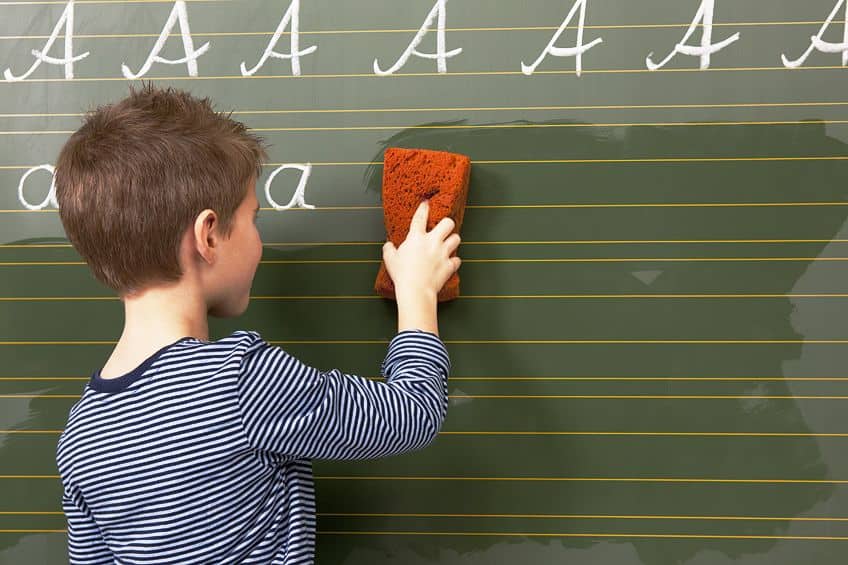
You can make use of a solvent like rubbing alcohol or WD-40. Use a sponge and place it into the solvent and apply it to the marker. Allow the solvent to sit on the surface for a bit and then rub off with a sponge until the marks come off. Finally, use the soapy water again to remove anything remaining.
Using Baking Soda to Erase Chalk Markers
Baking soda is an ingredient that has many uses around the home, and everyone usually already has some in the kitchen pantry. To remove the chalk marker with baking soda, start by dampening the surface with a little water. Sprinkle some baking soda over the target area and leave for a few minutes. Take a paper towel or use a microfiber cloth to clean the surface.
Using Vinegar to Erase Chalk Markers
Sticking with ingredients you can find around the home; vinegar is another versatile product. The vinegar also acts as a disinfectant on any surface. For removing the chalk marker on a porous surface, you can use a little vinegar with some water. This might not get all the marks off, but it is worth a try. You can use this solution on porous surfaces like wood, but you can also use it on walls and other painted surfaces. You can begin by making a solution as follows:
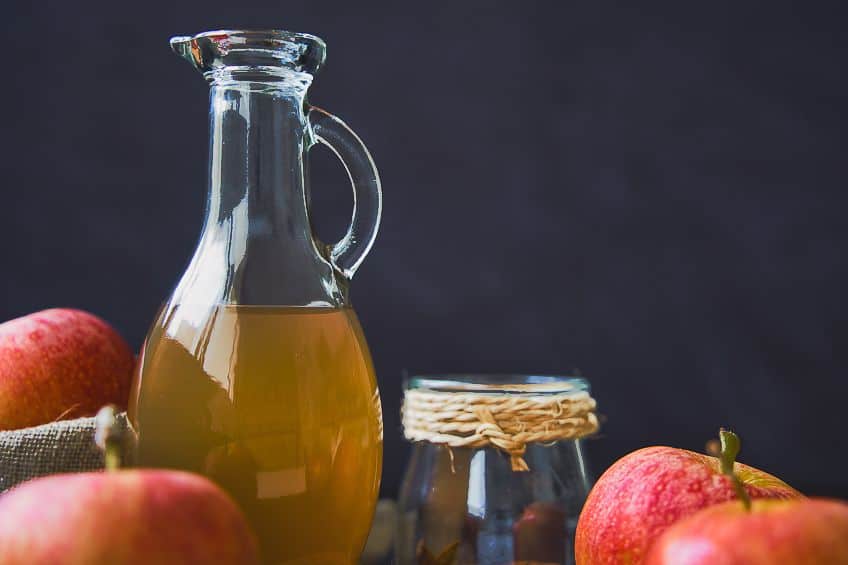
- Four cups of lukewarm water
- Half a cup of white vinegar
Mix some vinegar and water and start with a lower concentration of vinegar to water, you can always add more to make it a stronger solution. Apply the solution to the marked surface with a cloth. Leave the solution to sit for a few minutes, then lightly scrub off the ink and let the surface air dry. Make sure everything is dry before you draw on it again. How to get liquid chalk off a chalkboard made from wood. When trying to wipe chalkboard markers off of wood, it can be a bit challenging as it is a porous surface.
It can take some time and determination to use the vinegar and water solution to get the surface clean. You might have to increase the amount of vinegar to water in this case.
Using Windex on Glass Surfaces
Windex can be bought at any store and is used to wipe windows and surfaces like mirrors. When using Windex, you should be able to get rid of any marks or “ghosting”. The best way to remove chalkboard markers off glass surfaces is to leave the Windex on the surface for a few minutes.
How to get liquid chalk off a chalkboard? Spray some Windex over the marked area and wipe it off.
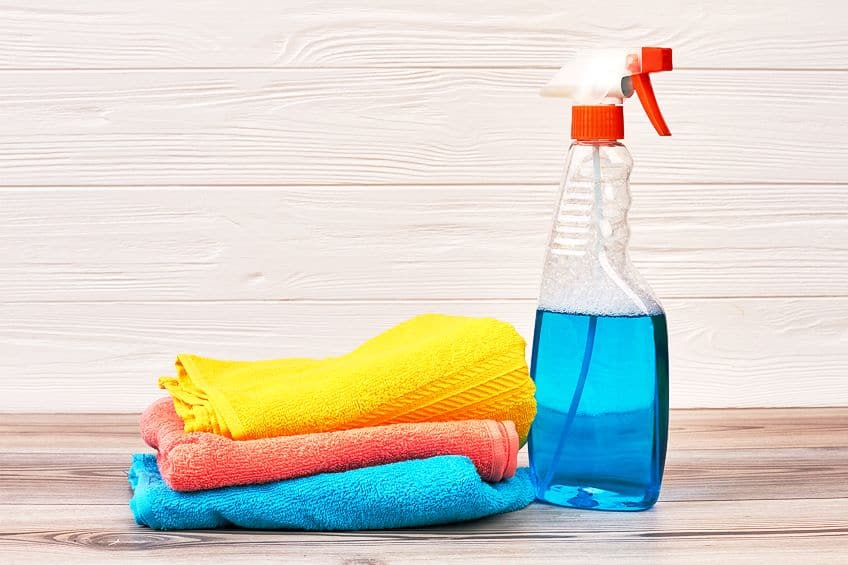
If there is still marker left, take some traditional chalk, and season the surface as we have described above. Leave everything for a few minutes, and then spray again with the Windex. Wipe the surface with a clean cloth and you should have a clean and fresh chalkboard surface to use again.
Using a Magic Eraser to Erase Chalk Markers
Magic erasers are quite versatile and can help with cleaning your cellphone screen, can help to remove adhesive residue, and remove mug stains from surfaces, among many other uses. The Magic eraser can also help in removing chalk markers. How to get liquid chalk off a chalkboard? The eraser can help to remove markers from any surface, so it can work on chalkboards, walls, and other surfaces. They are inexpensive, reusable, and easy to use.
Using a little water to dampen the magic eraser, you can remove the chalkboard marker stains. You can also use the Magic Markers with the vinegar solution or chalk marker removers.
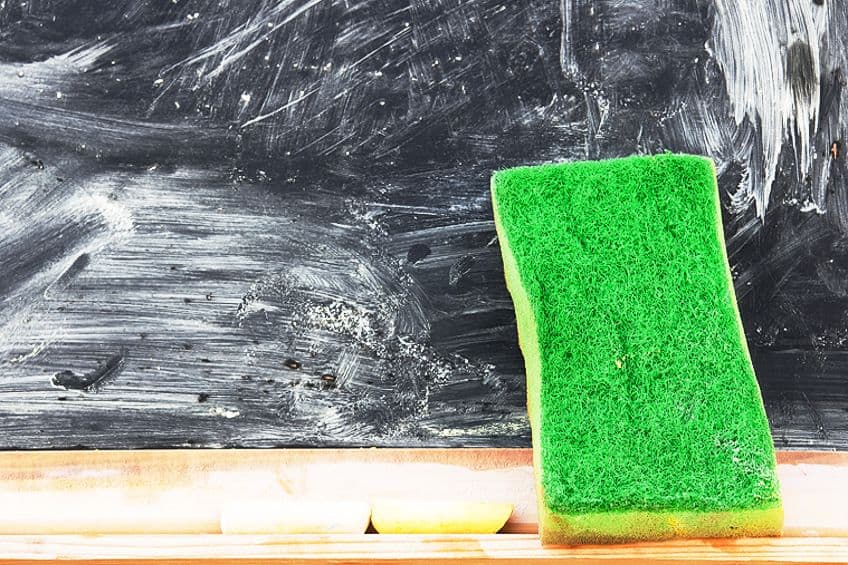
For more stubborn marks, consider using some commercial chalkboard cleaner with the eraser. Some say that it can act like a sanding sponge, which may damage the surface. So, test out on a small section first before trying to clean the whole surface. You can also cut the Magic Eraser smaller for better use.
Chalk Marker Removers
When it comes to more stubborn stains from the chalkboard markers, you might have to get specifically formulated chalk marker removers. These marker removers usually come in a spray bottle, which you use to spray the surface. Many of these removers come in kits with eraser sponges and microfiber cloths to wipe the product off. This is a more expensive method, but if nothing else works, you might want to give it a try. Try getting a chalk marker remover that is water-based, non-toxic, and can be used by the kids. You might have to apply the method multiple times to get rid of all the marks.
You can also double up on methods, for example, you can use some vinegar and water afterward, and then wipe the surface down again.
How to Prevent Issues With Chalk Markers
There are also a few things you can do to prevent the chalk markers from staining the surface. First, know what surface you are going to be drawing on. If you know that the chalkboard surface you are going to be drawing on is porous, use the traditional chalk and avoid using the chalk markers. If you are unsure about the surface, take a marker and draw on a small section to see if it can be easily erased. If it is difficult to remove, the surface is likely porous. You can then try to season the porous surface so that the chalk markers can be used. Below are some guidelines when using chalk markers.
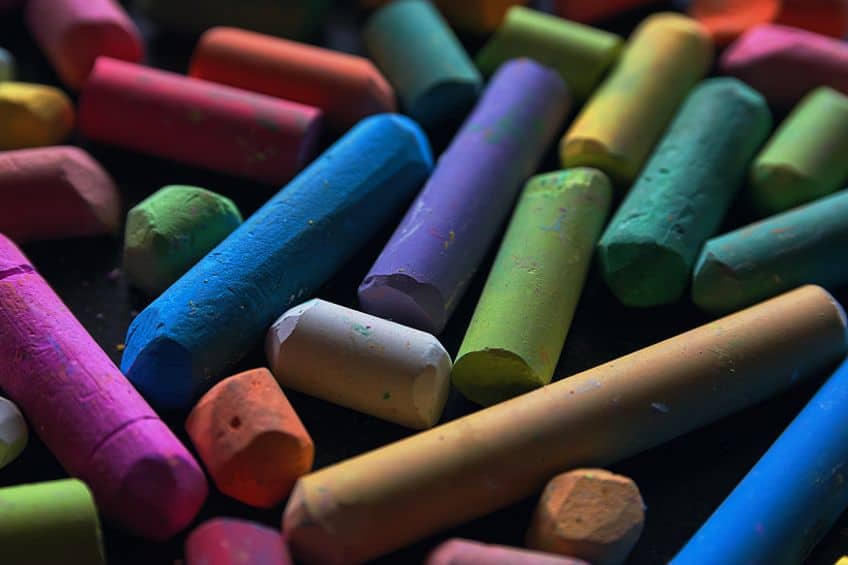
- Priming or seasoning your chalkboard is the way to prevent ghosting.
- When purchasing a chalkboard, always check to see if it is compatible with chalk markers.
- If you are not certain of your surface, you can always do a spot test first.
- Let your first cleaning method be a damp cloth, if the surface is compatible, it should wipe off easily.
- If you are using a non-porous chalkboard, you can also apply a new chalkboard coat and sealer now and again to keep the surface looking great.
There are so many fun uses for chalk markers and they are usually non-toxic, making them great for kids to use. However, accidents and mistakes can happen, so knowing how to remove chalk makers is something useful to learn! We hope we have provided a few easy and effective methods for you to try out.
Frequently Asked Questions
Can You Use Coca-Cola for Removing Chalk Marker?
Along with baking soda and vinegar, Coca-Cola is another method you can try for removing chalk markers off of chalkboards or other surfaces.
Can You Use Baby Wipes for Removing Chalk Marker?
Another simple way to remove chalk markers is to use baby wipes. You can try this on the chalkboard or other surfaces like walls, but you might need to put in a little effort to get results.
Can You Use Rubbing Alcohol for Removing Chalk Markers?
Yes, this is a stronger method than others, as you can use some rubbing alcohol on a cloth and wipe the surface to loosen the marker ink. Afterward, wipe the surface clean with a damp cloth.
In 2005, Charlene completed her Wellness Diplomas in Therapeutic Aromatherapy and Reflexology from the International School of Reflexology and Meridian Therapy. She worked for a company offering corporate wellness programs for a couple of years, before opening up her own therapy practice. It was in 2015 that a friend, who was a digital marketer, asked her to join her company as a content creator, and this is where she found her excitement for writing.
Since joining the content writing world, she has gained a lot of experience over the years writing on a diverse selection of topics, from beauty, health, wellness, travel, and more. Due to various circumstances, she had to close her therapy practice and is now a full-time freelance writer. Being a creative person, she could not pass up the opportunity to contribute to the Art in Context team, where is was in her element, writing about a variety of art and craft topics. Contributing articles for over three years now, her knowledge in this area has grown, and she has gotten to explore her creativity and improve her research and writing skills.
Charlene Lewis has been working for artincontext.org since the relaunch in 2020. She is an experienced writer and mainly focuses on the topics of color theory, painting and drawing.
Learn more about Charlene Lewis and the Art in Context Team.


